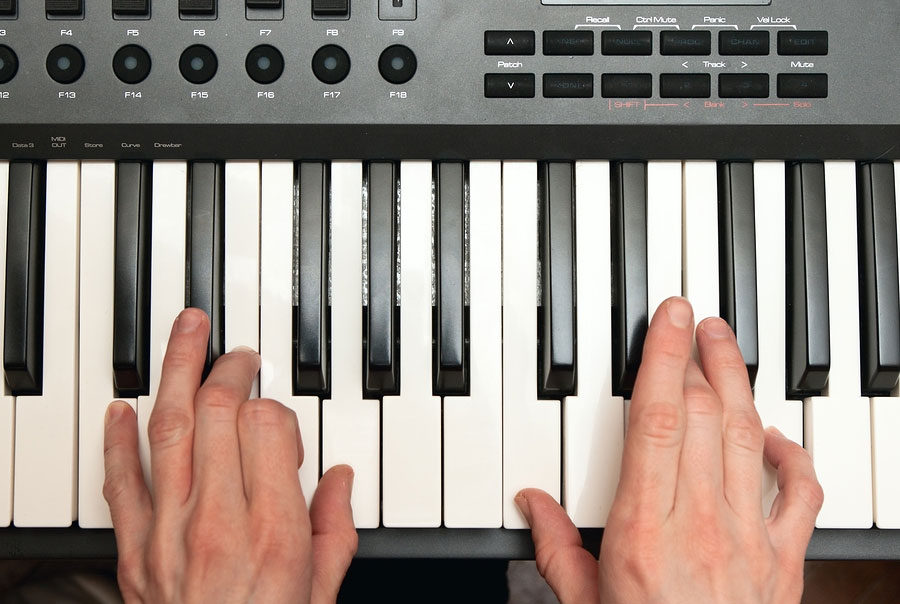
The gated synthesizer has slowly grown popular largely from its use in electronic music. Over time it has made its way into nearly every form of popular music you can think of. – from bubble gum Pop (as I like to call it) to southern Hip Hop.
Learning to create and use gated synths effectively can add extra depth and dimension to the rhythm of your tracks.
To gate a synth means to frequently modulate its volume in quick successions. This effect works best when the synth sequence you choose to gate is fairly simple in melody and has long, sustained notes.
Lets listen to a cool gated synth from Sylenth1.
Now that we know what a gated synth sounds like lets take a look at some ways we can create one.
Using Sidechain Compression

This technique is often referred to as Sidechain Ducking and is used a lot in dance music to create what’s known as the pumping effect. I’m not going to cover sidechain compression in this article because we already have some great literature and vids on the subject, but we will cover Sidechaing Gating.
Click on this link to learn more about sidechain compression?
Watch this video to learn how to create the pumping synth effect?
Using A Gate

A gate is a dynamic processing tool typically used to eliminate unwanted background noise but it can also be used to gate a synth.
Lets take a look at a video on this process.
NOTE: That was a quick example on how to get started, but I would recommend you spend more time tweaking your gated synth than I showed in this demonstration. A lot of the final tweaking will depend on the other sounds in the production so you may not even make your final changes until your beat is fully developed.
Setting up a trigger track and sidechaining its input through a gate can be a quick and effective way to create some cool gated synths.
Using Automation Lanes To Draw In Volume Envelopes

Most major DAW’s have some sort of automation lane or editing window that wil allow you to gate your synth by manually drawing in your own volume envelopes. This is perhaps the most tedious and time consuming of the aforementioned techniques, but it also gives you some creative freedom the others do not.
Here’s a video on drawing in your own volume envelopes:
Summary
The use of gated synths in modern, popular music is clearly on the rise and their popularity will continue to grow as they slowly make their way into more genres of music. You can bet that the biggest producers in the game know how to create some cool gated synths to incorporate in their productions. If you want to be competitive you will need to be up to speed on some of these techniques.
The good news is that creating your own, customized, gated synths is fairly easy once you do it a couple of times.